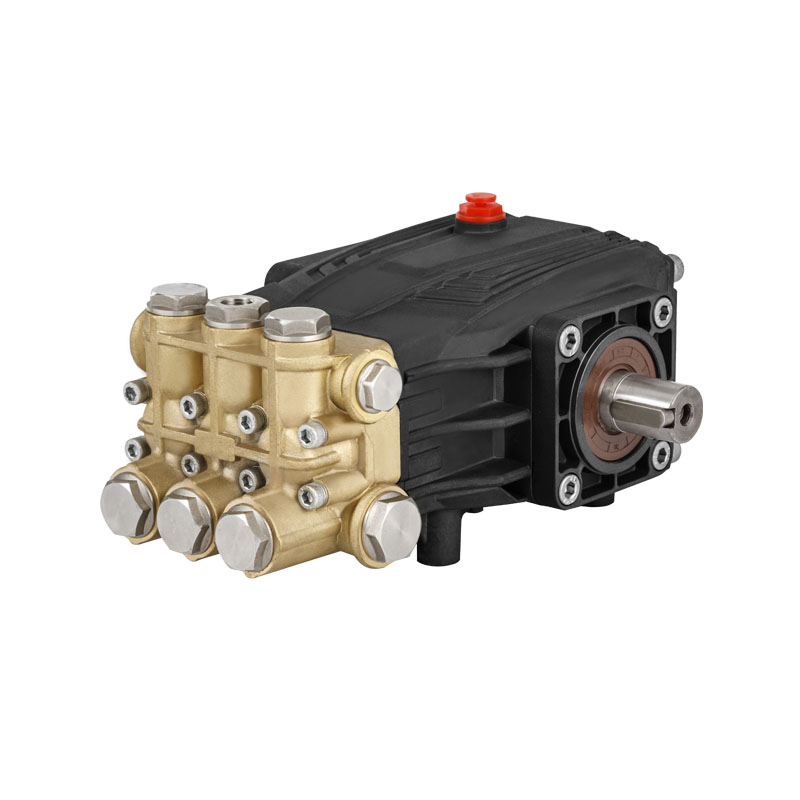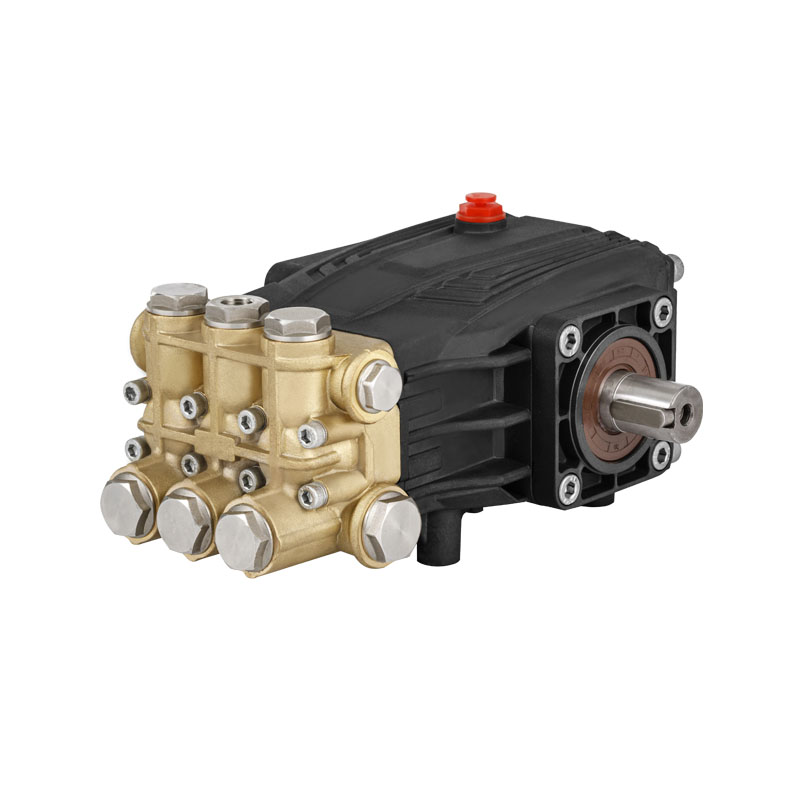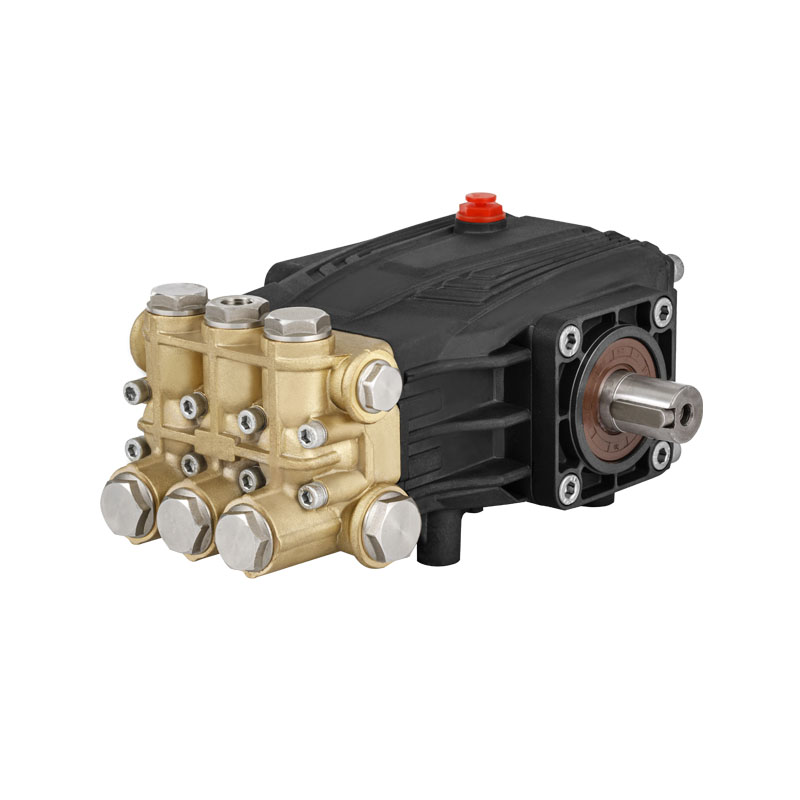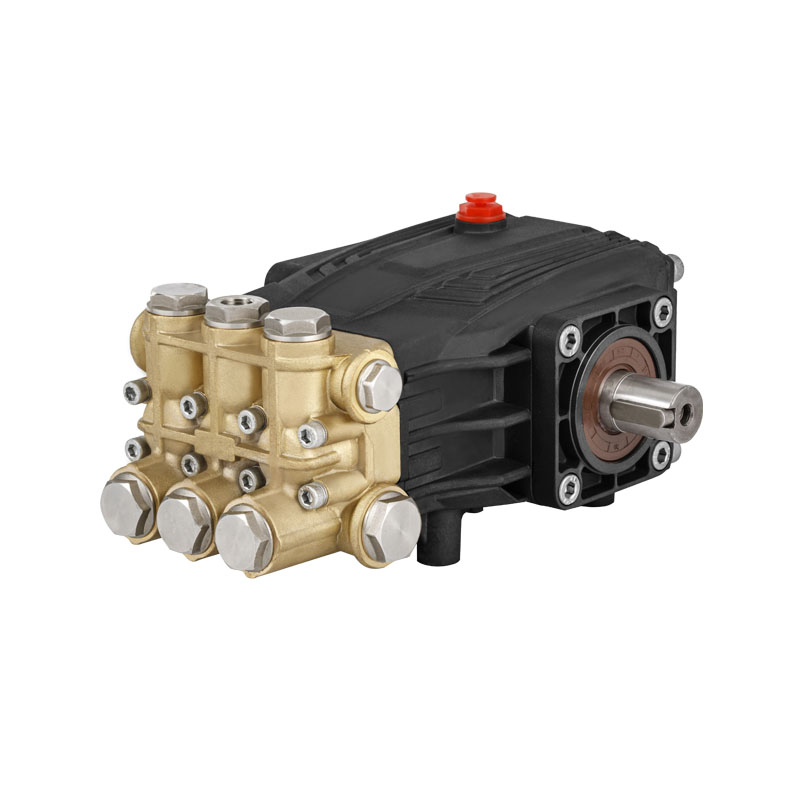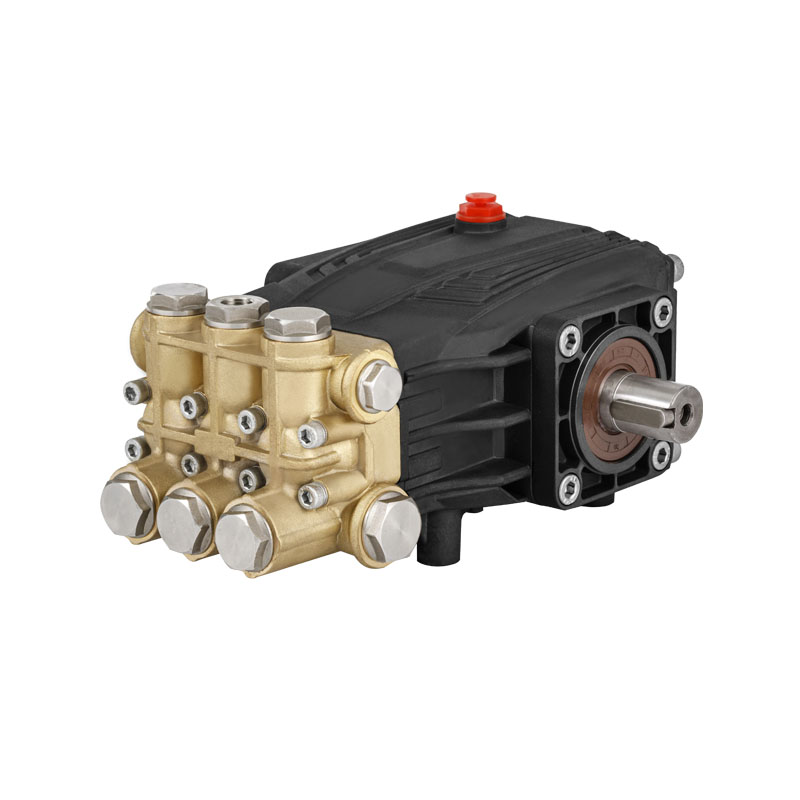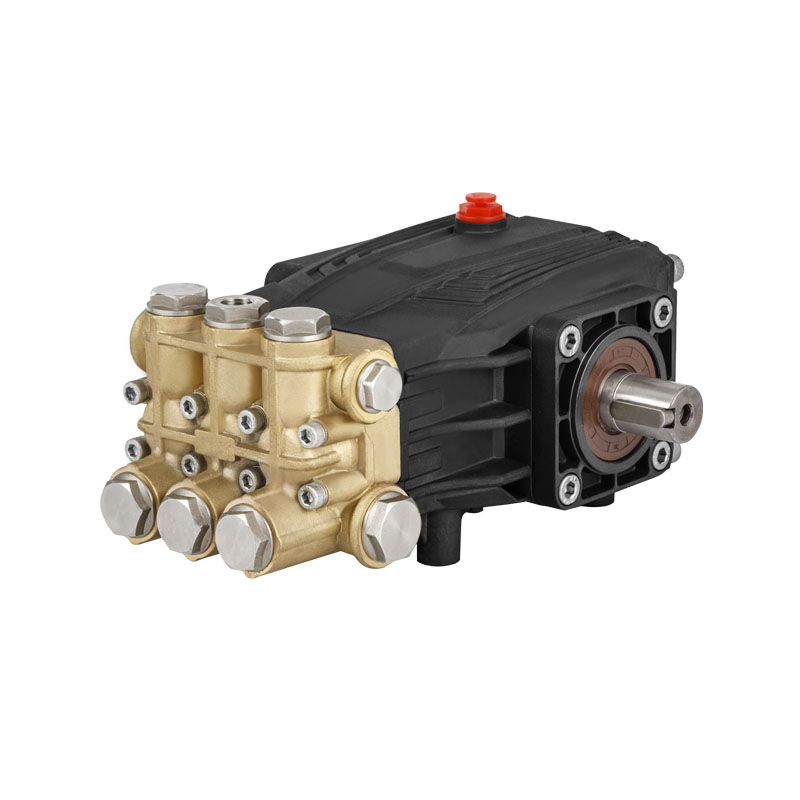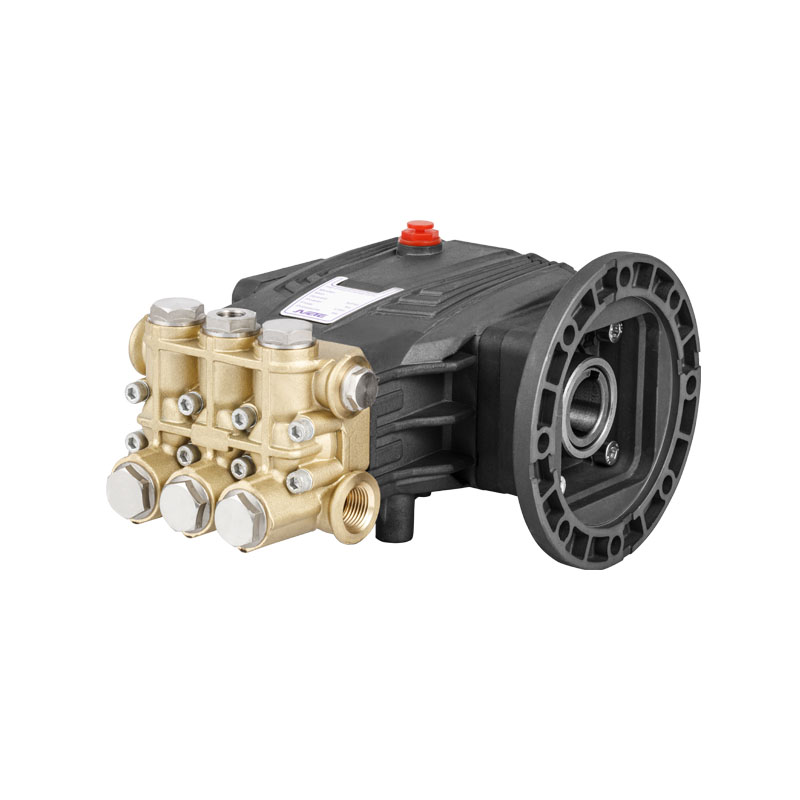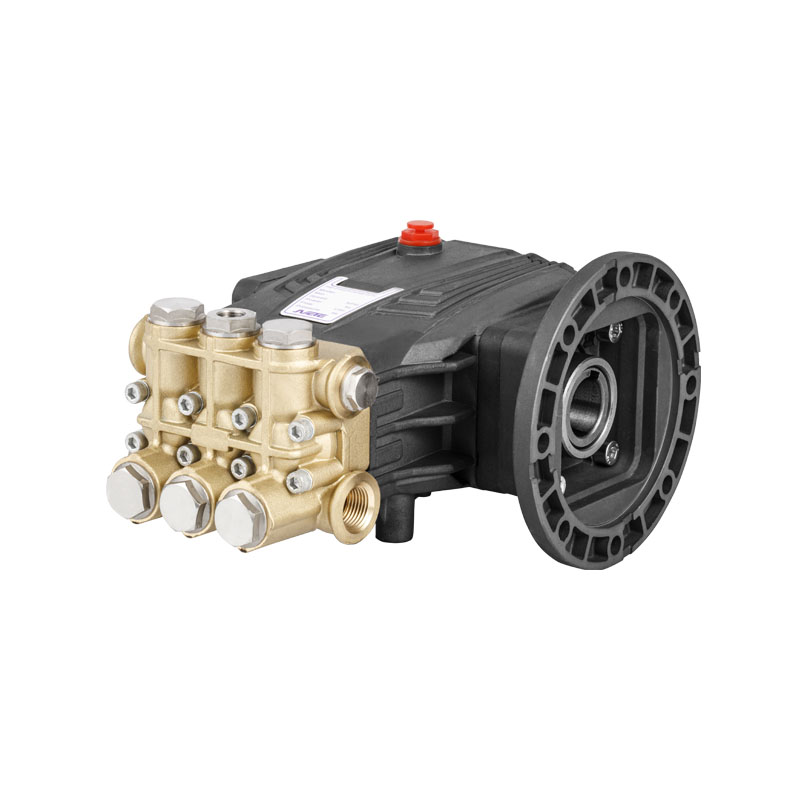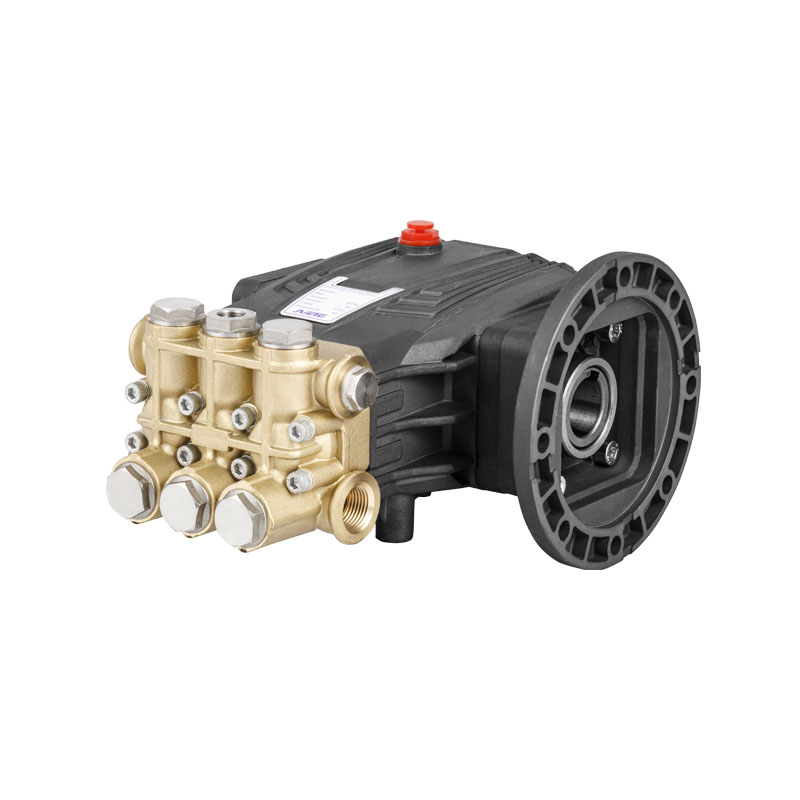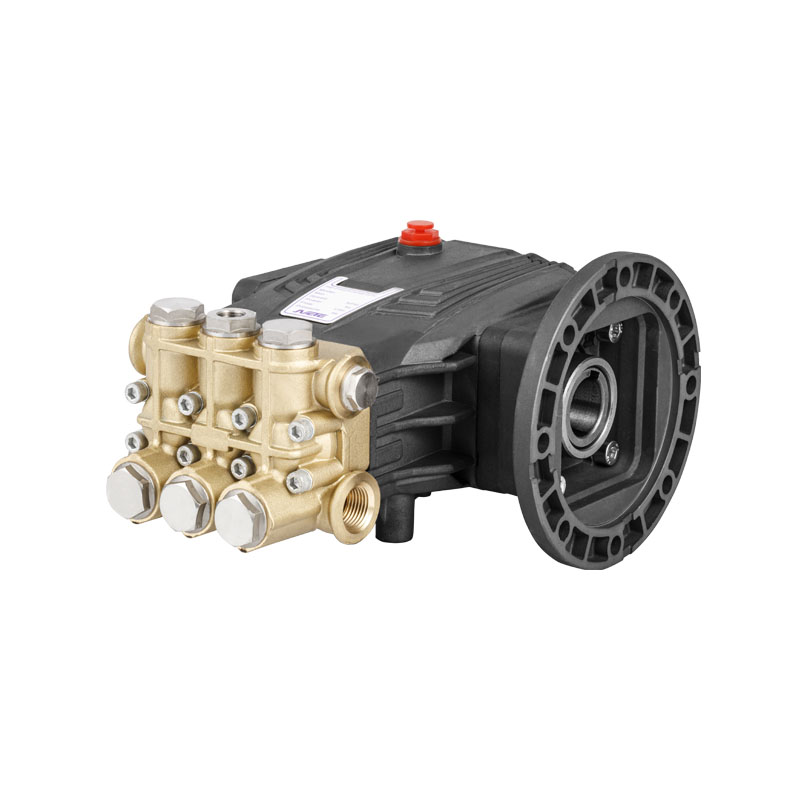The industrial equipment sector continues to witness significant advancements in high pressure water jet pump technology, with these systems playing increasingly vital roles across multiple industries. A modern high pressure water jet pump represents a sophisticated piece of equipment designed to generate badly pressurized water streams for various cutting, cleaning, and surface preparation tasks. The operational principle of the high pressure water jet pump involves taking water from a standard supply and intensifying its pressure through specialized mechanical systems. Manufacturers continue to refine high pressure water jet pump designs to achieve greater efficiency, reliability, and operational flexibility.
The engineering behind a contemporary high pressure water jet pump focuses on several critical performance parameters. The core mechanism of a high pressure water jet pump typically utilizes either intensifier technology or direct drive systems to achieve the required pressure levels. The construction materials used in a high pressure water jet pump must withstand tremendous internal stresses while resisting corrosion and wear. Sealing systems within the high pressure water jet pump represent particularly important components that maintain pressure integrity while allowing necessary movements. These engineering considerations directly influence the performance capabilities and service life of a high pressure water jet pump.
Manufacturing processes for high pressure water jet pump equipment demand exceptional precision and rigorous quality control. The production of a reliable high pressure water jet pump involves computer-controlled machining of critical components to maintain exacting tolerances. Assembly procedures for the high pressure water jet pump require clean environments and specialized techniques to prevent contamination of internal passages. Testing protocols for each high pressure water jet pump typically include performance verification under various operating conditions and safety checks of all protective systems. These manufacturing standards ensure that every high pressure water jet pump meets the demanding requirements of industrial applications.
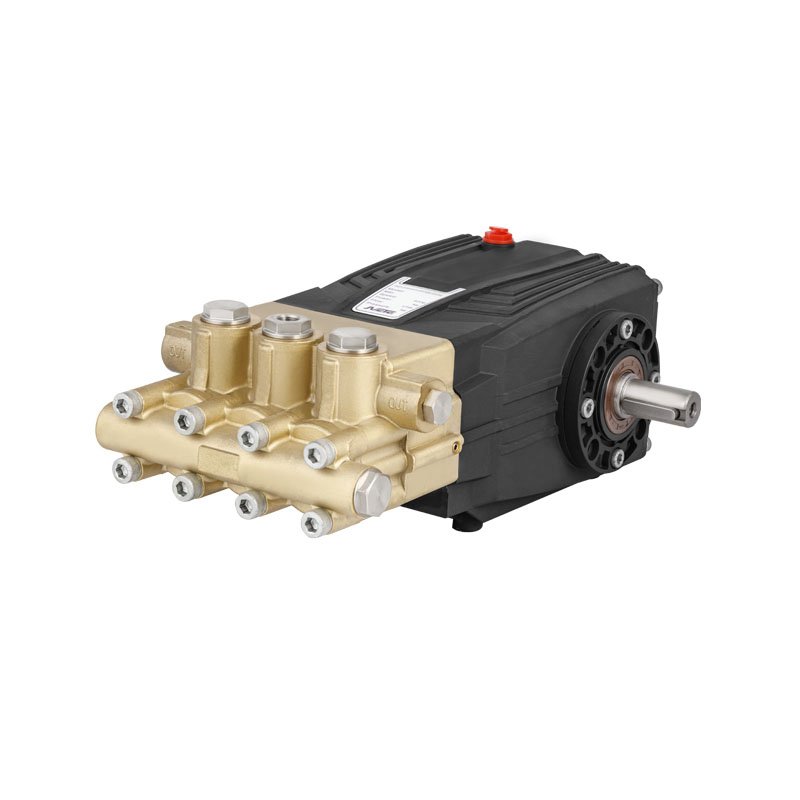
Operational characteristics of modern high pressure water jet pump systems demonstrate notable advantages in multiple areas. The energy efficiency of today's high pressure water jet pump continues to improve through better hydraulic designs and more effective drive systems. The pressure stability maintained by a quality high pressure water jet pump ensures consistent performance during extended operation. The versatility of a well-designed high pressure water jet pump allows adaptation to different applications through pressure and flow adjustments. These operational benefits make the high pressure water jet pump increasingly valuable in cost-sensitive industrial environments.
Application diversity represents a defining feature of high pressure water jet pump technology across numerous sectors. Manufacturing facilities utilize the high pressure water jet pump for precision cutting of various materials including metals, composites, and stone. The construction industry employs high pressure water jet pump systems for surface preparation, coating removal, and concrete hydrodemolition. This broad implementation underscores the fundamental importance of high pressure water jet pump systems in modern industrial operations.
Future developments in high pressure water jet pump technology appear likely to focus on enhanced intelligence and connectivity. The integration of electronic monitoring systems in the high pressure water jet pump enables real-time performance tracking and predictive maintenance capabilities. As industrial applications continue to evolve, high pressure water jet pump technology will maintain its essential role in providing effective water-based solutions for cutting, cleaning, and surface treatment challenges across global industries.





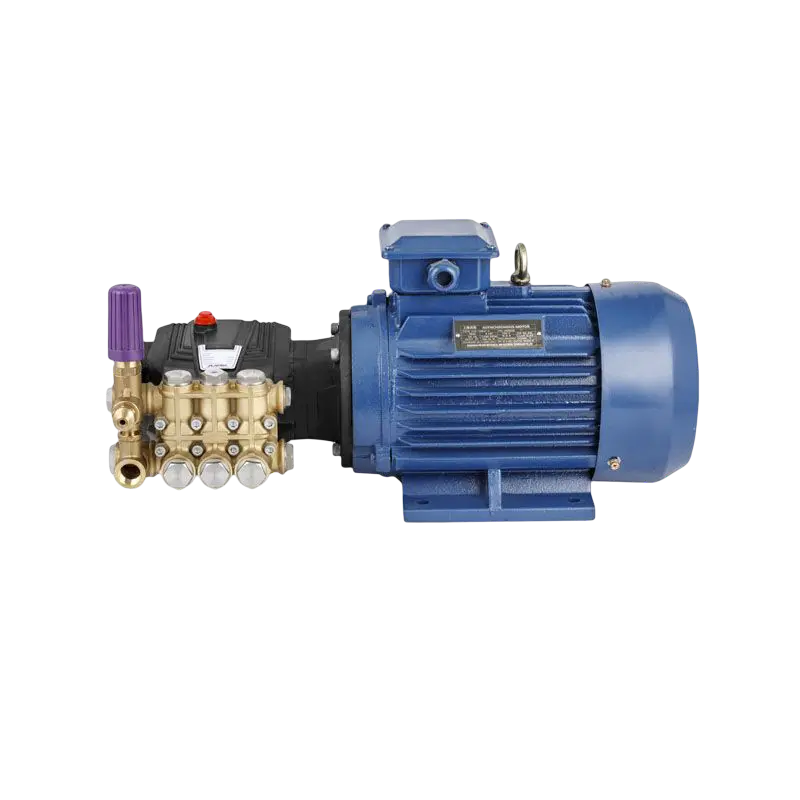
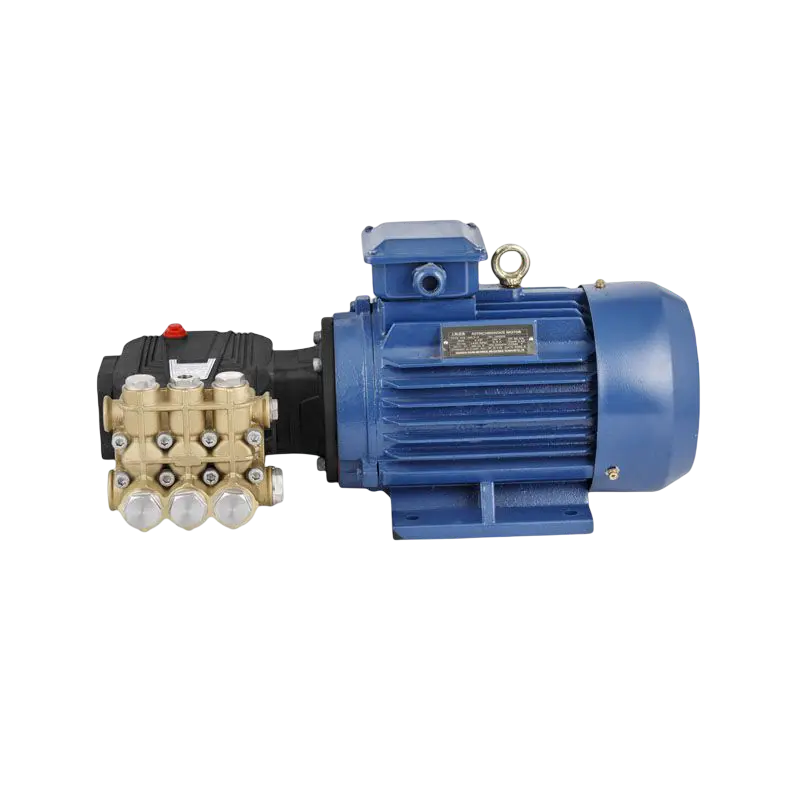
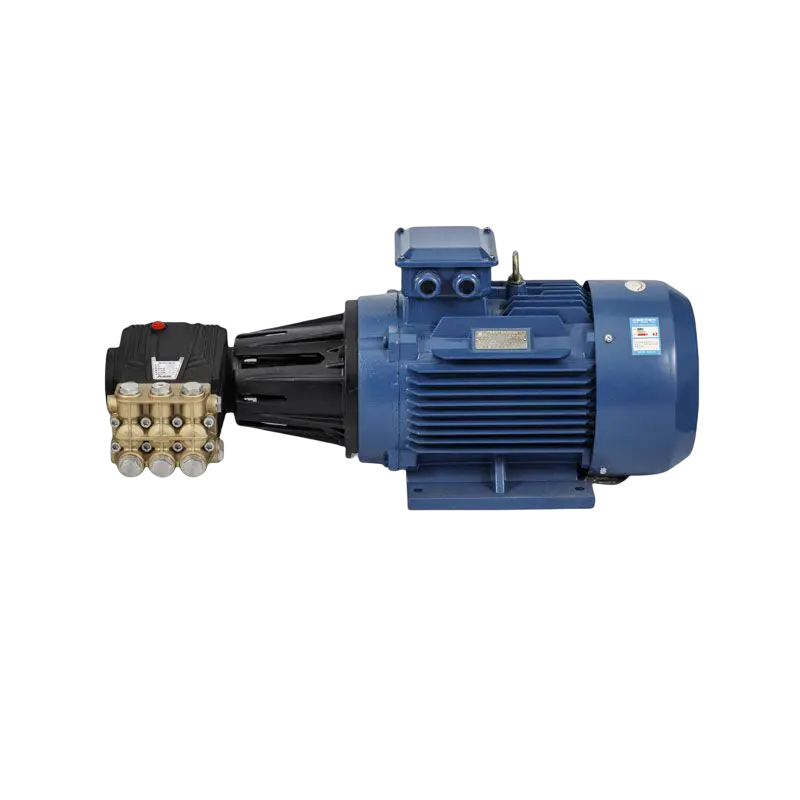
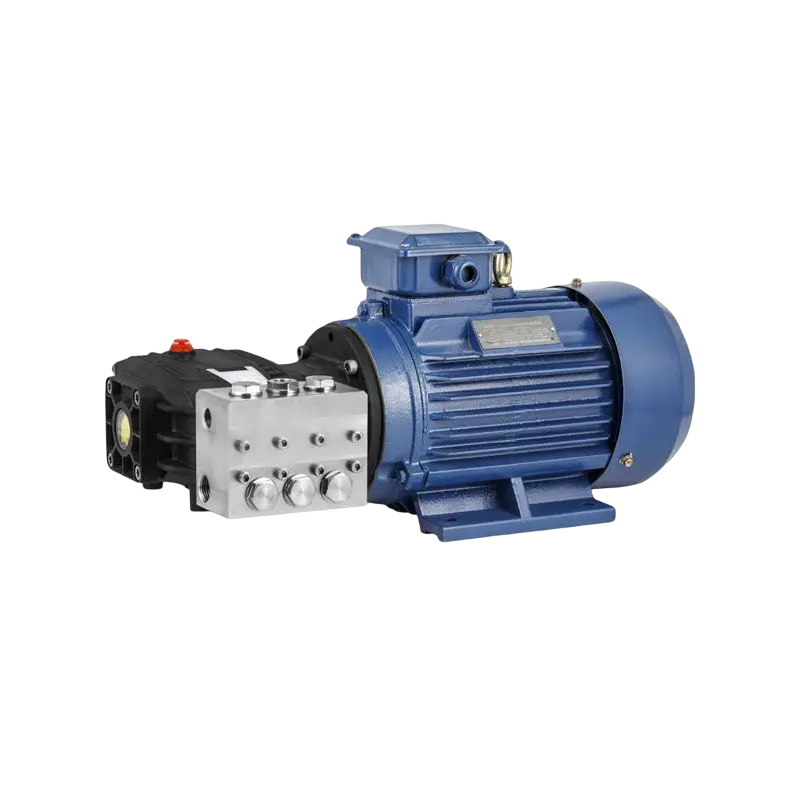
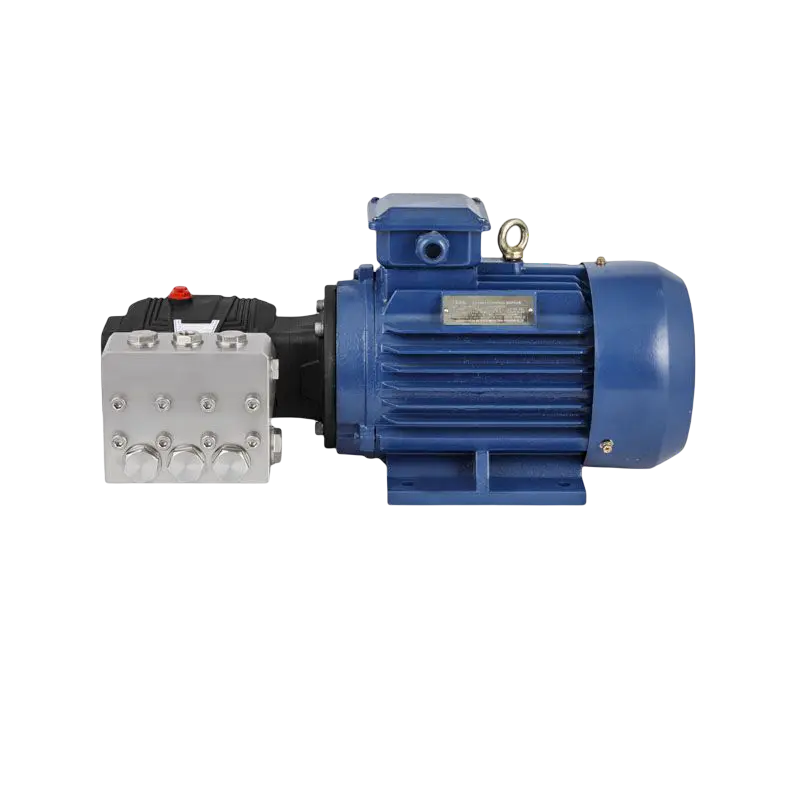
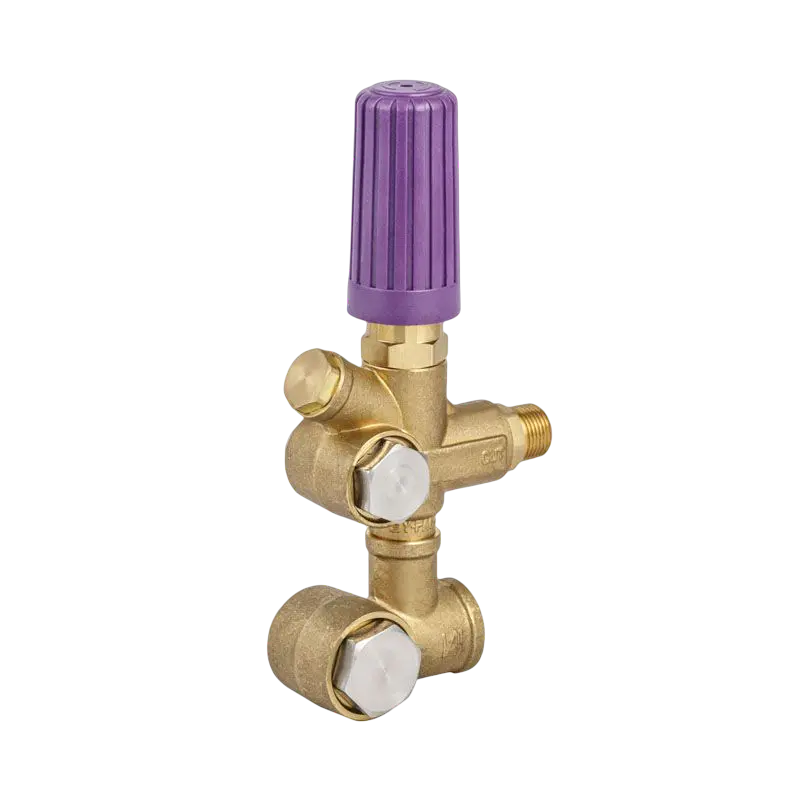
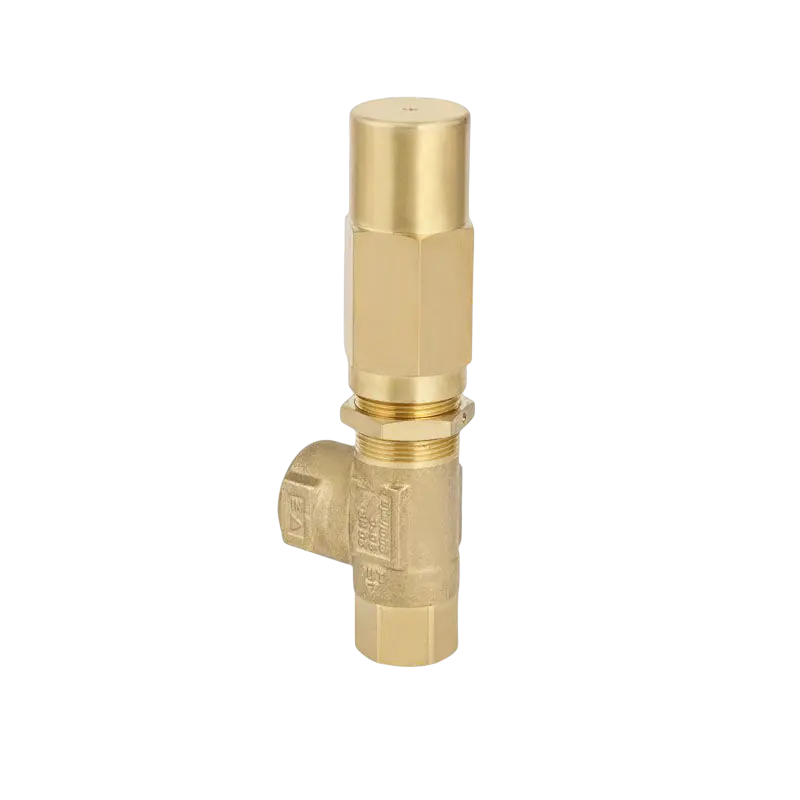
-2(1).png)
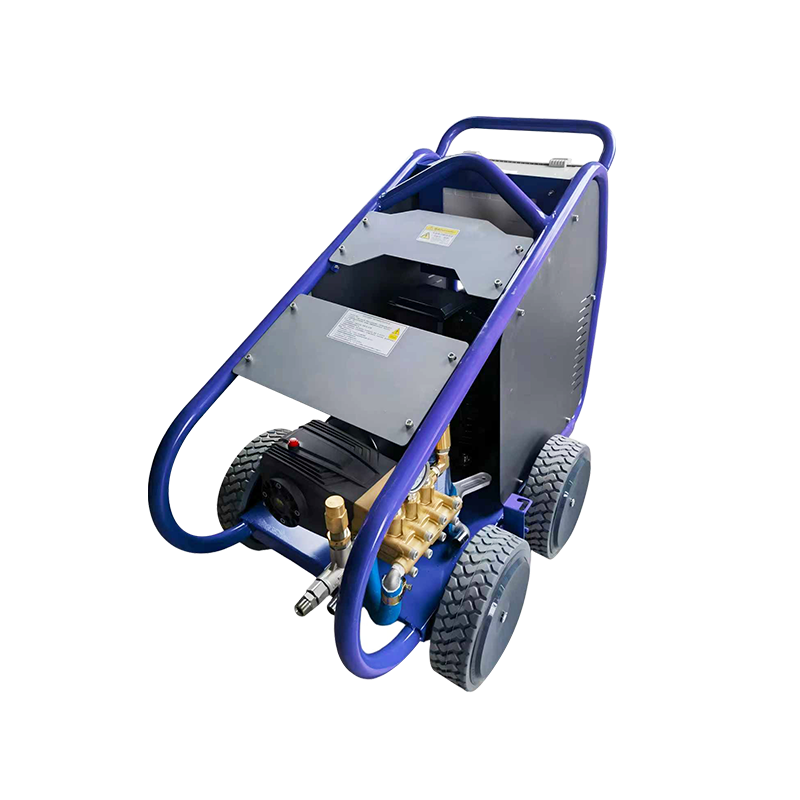

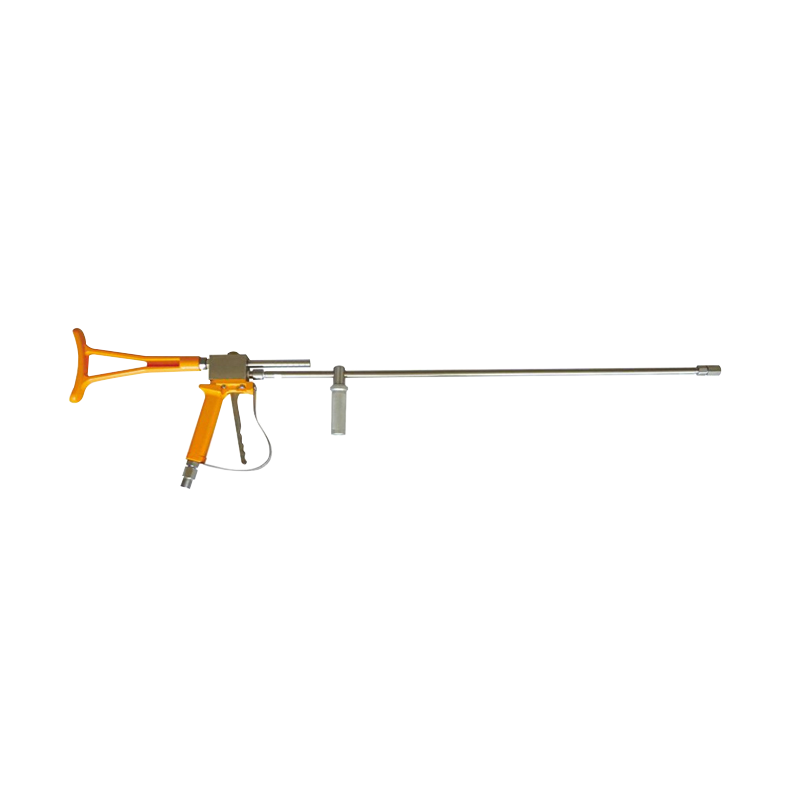
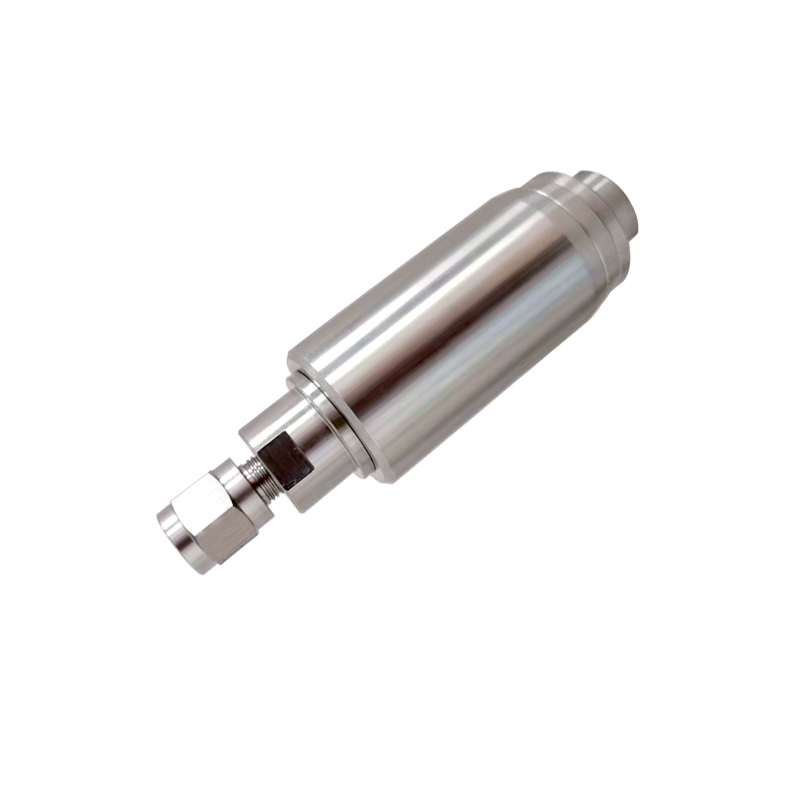
 English
English Español
Español
